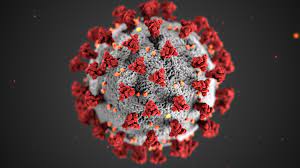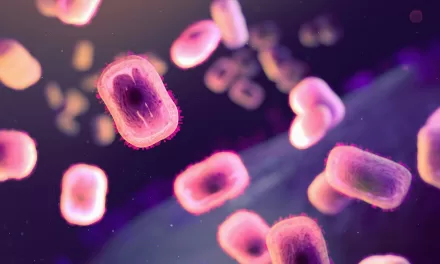
Researchers at the Institute of Liver and Biliary Sciences have made a groundbreaking discovery, identifying a possible concealed reservoir of the COVID-19 virus that sheds light on its persistence and potential recurrence.
The study, aimed at exploring the presence of the virus within extracellular vesicles (EVs)—microscopic particles released by cells—in individuals with and without chronic liver disease (CLD), unveiled compelling findings published in the journal Liver Research.
Notably, the study revealed the presence of SARS-CoV-2 RNA within EVs even in individuals who tested negative through standard RT-PCR methods.
Lead author Sukriti Baweja, from the Institute’s Department of Molecular and Cellular Medicine, highlighted the significance of this discovery, suggesting that SARS-CoV-2 RNA found within EVs in patients with negative RT-PCR results implies a lingering infection and a potential route for recurrent infections.
The research uncovered a novel aspect: infected EVs demonstrated the ability to transmit the virus to previously unaffected cells in laboratory settings, indicating an unrecognized mode of transmission.
Baweja emphasized the implications of finding SARS-CoV-2 RNA in EVs, suggesting its role in ongoing inflammation and clinical progression among individuals with undetectable virus levels, especially those with CLD.
This groundbreaking revelation may pave the way for alternative diagnostic approaches, potentially revolutionizing the detection and management of COVID-19 infections. While existing diagnostic tools have limitations, detecting SARS-CoV-2 RNA within EVs could offer a more sensitive and rapid diagnostic method.
Furthermore, the presence of viral RNA not only in respiratory samples but also in plasma opens avenues for comprehending the virus’s behavior beyond the respiratory tract.
Insights into the mechanisms behind viral persistence and recurrence present promising pathways for therapeutic interventions, potentially redefining approaches to managing and treating COVID-19.











